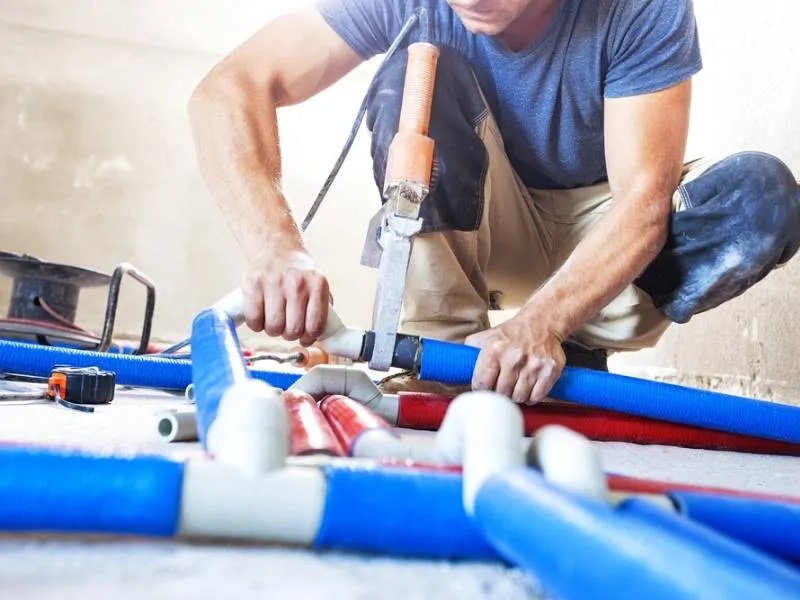Water scarcity is a pressing global issue that demands innovative solutions. In the realm of plumbing, advancements in technology have paved the way for water-saving technologies that not only conserve precious resources but also reduce utility bills and carbon footprints. Let’s explore some of the cutting-edge water-saving technologies that are revolutionizing modern plumbing systems.
1. Low-Flow Fixtures
Low-flow fixtures, such as faucets, showerheads, and toilets, are designed to limit the amount of water consumed without compromising performance. By incorporating aerators and restrictors, these fixtures maintain adequate water pressure while significantly reducing water usage. Switching to low-flow fixtures can result in substantial water savings and lower water bills for households and businesses alike.
2. Greywater Recycling Systems
Greywater recycling systems capture and treat water from sources like sinks, showers, and washing machines for reuse in non-potable applications such as irrigation, toilet flushing, and laundry. By recycling greywater, these systems help reduce the strain on freshwater resources and decrease the volume of wastewater that needs to be treated. Implementing greywater recycling systems is a sustainable way to conserve water and promote eco-friendly practices in plumbing systems.
3. Smart Water Meters
Smart water meters are digital devices that monitor water usage in real-time, providing valuable insights into consumption patterns and potential leaks. By tracking water usage more accurately and detecting abnormalities promptly, smart water meters empower users to make informed decisions about their water usage habits. This technology not only promotes water conservation but also helps prevent water wastage and costly repairs due to leaks.
4. Tankless Water Heaters
Tankless water heaters, also known as on-demand water heaters, heat water directly as it flows through the unit, eliminating the need for a storage tank. This design not only saves space but also reduces standby energy losses associated with traditional water heaters. By heating water only when needed, tankless water heaters provide a continuous supply of hot water while minimizing energy consumption and lowering utility bills. The efficiency of tankless water heaters makes them an attractive option for eco-conscious consumers seeking to reduce their environmental impact.
5. Rainwater Harvesting Systems
Rainwater harvesting systems collect and store rainwater for various uses, such as landscaping, flushing toilets, and washing cars. By harnessing rainwater, these systems reduce the demand for treated water from traditional sources and help alleviate pressure on municipal water supplies. Rainwater harvesting is a sustainable practice that not only conserves water but also reduces stormwater runoff and erosion, benefiting both the environment and water conservation efforts.
In conclusion, water-saving technologies in modern plumbing are instrumental in promoting sustainable water management practices and mitigating the effects of water scarcity. From low-flow fixtures to smart water meters and rainwater harvesting systems, these innovations offer practical solutions for conserving water, reducing utility costs, and fostering a more environmentally conscious approach to plumbing. Embracing these technologies can lead to a more sustainable future where water resources are preserved for generations to come.

